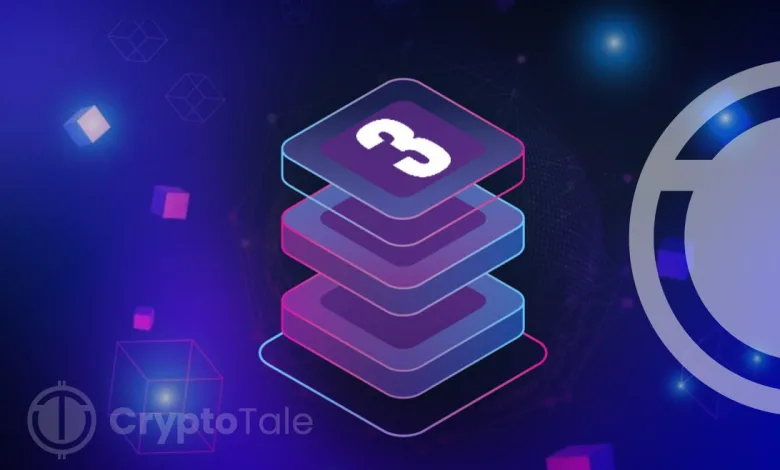Succinct Labs CEO Says Zero-Knowledge As The Future For Blockchain

- Uma Roy aims to make zero-knowledge proofs integral to every blockchain system globally.
- She said the PROVE token supports staking and governance to sustain a prover network.
- Succinct can verify transitions and power rollups for cross-chain clients and computations.
In a live interview, Uma Roy, CEO of Succinct Labs, joined @_dsencil to discuss the evolving role of zero-knowledge proofs (ZKPs) in blockchain at TOKEN2049. The post introducing the session declared, “ZK is the future,” setting the stage for Roy’s detailed breakdown of how Succinct aims to reshape the industry. She described a world where zero-knowledge infrastructure supports every blockchain and revealed Succinct’s strategy to achieve this transformation.
Building Scalable Zero-Knowledge Infrastructure
Roy described Succinct as more than a tool. She called it a movement that makes zero-knowledge proofs accessible, scalable, and essential for blockchain ecosystems. She said, “Every chain is going to be a ZK chain,” outlining her vision that proof systems will underpin all networks.
At the core of this infrastructure is SP1, the Succinct Processor 1. This zero-knowledge virtual machine (zkVM) translates conventional programming languages, such as Rust or C++, into verifiable proofs. Developers can compile their code, submit it to the system, and request cryptographic proofs without needing to handle complex circuits.
Succinct’s architecture operates as a two-sided marketplace. Developers act as proof requesters, while independent infrastructure operators, called provers, compete to generate those proofs. Matching between the two parties often occurs through off-chain auctions, which reduces latency and minimizes on-chain congestion.
Economic and Governance Layers
Roy added that privacy still matters, although Succinct is not a dedicated privacy protocol. She detailed privacy as just one layer among others in which client side partial proofs can be compressed into succinct proofs on-chain.
She also stressed accessibility for smaller participants. The design lowers barriers, allowing independent teams and hardware operators to engage meaningfully in proof generation. This broad participation fosters resilience and prevents the concentration of power.
While discussing token incentives, Roy explained that proper compensation and staking mechanisms are critical to sustaining a decentralized prover marketplace. Without balanced economics, she said, the network could risk inefficiency or centralization.
Expanding Use Cases and Privacy Layers
Privacy does remain important, said Roy, but this is not a privacy protocol. Privacy is but one layer, she said, where client-side partial proofs can then be compressed into succinct proofs on-chain. This architecture separates privacy, performance, and correctness, ensuring that each domain functions without compromising the others.
Roy also discussed emerging use cases. Succinct’s SP1 could verify Bitcoin state transitions, support cross-chain light clients, and simplify rollup deployments. Beyond crypto, the architecture could enable proofs for off-chain computation and verifiable AI outputs.
Every rollup will become a ZK rollup,” she said, forecasting that proofs get integrated into cross-chain bridges, oracles, and other protocol components. Her positioning set zero-knowledge proofs as core infrastructure for the future of blockchain.
Related: Wormhole Challenges LayerZero with Rival Bid for Stargate
Succinct in the Pipeline of Blockchain Development
Roy seeks to describe how Succinct Labs rethought the intersection of cryptography and software, adding that the mission is not about just another blockchain tool but foundational infrastructure.
She highlighted the appeal of ZKPs: the ability to prove computation correctness without exposing sensitive data. This capacity allows blockchains to scale while retaining privacy and security.
Roy also turned attention to Bitcoin. She said Succinct’s architecture could enhance Bitcoin’s efficiency by layering proofs on top of its computational base. This development could transform Bitcoin from a ledger into a verifiable platform for complex logic through succinct cryptography.
In her closing remarks, Roy said that Succinct’s work aims to normalize ZK technology until it becomes as standard in software as APIs or databases. This approach positions zero-knowledge not as a futuristic theory, but as the everyday architecture driving the next chapter of blockchain.





